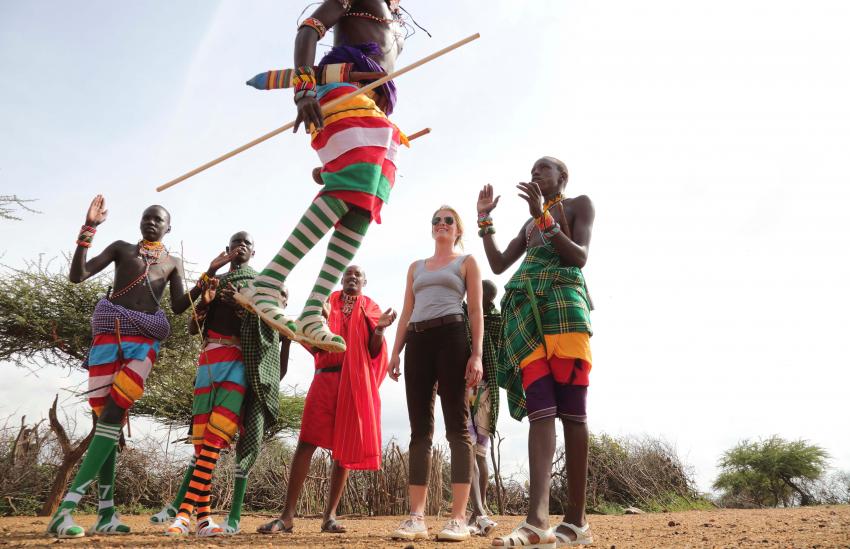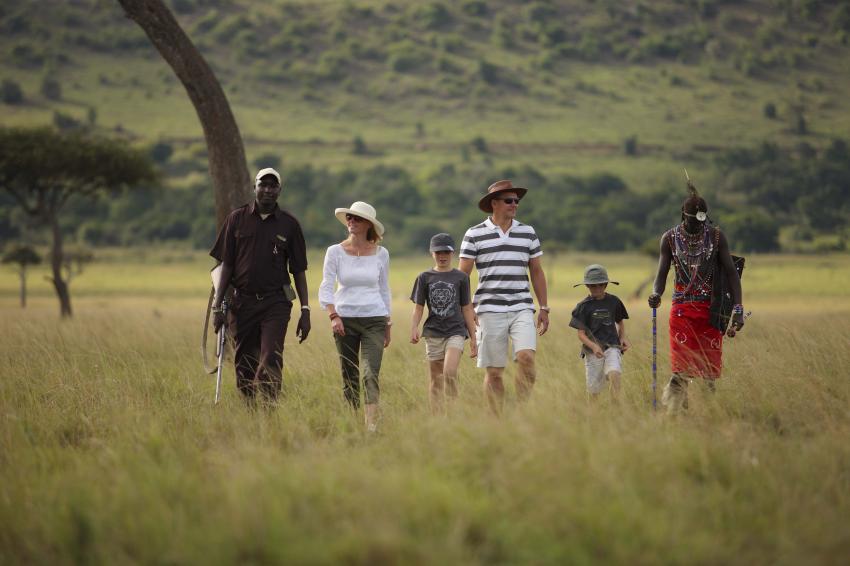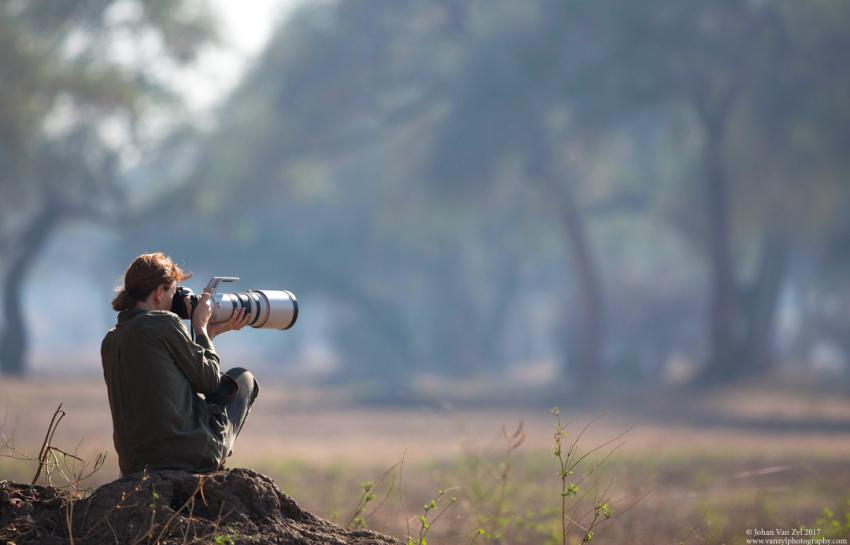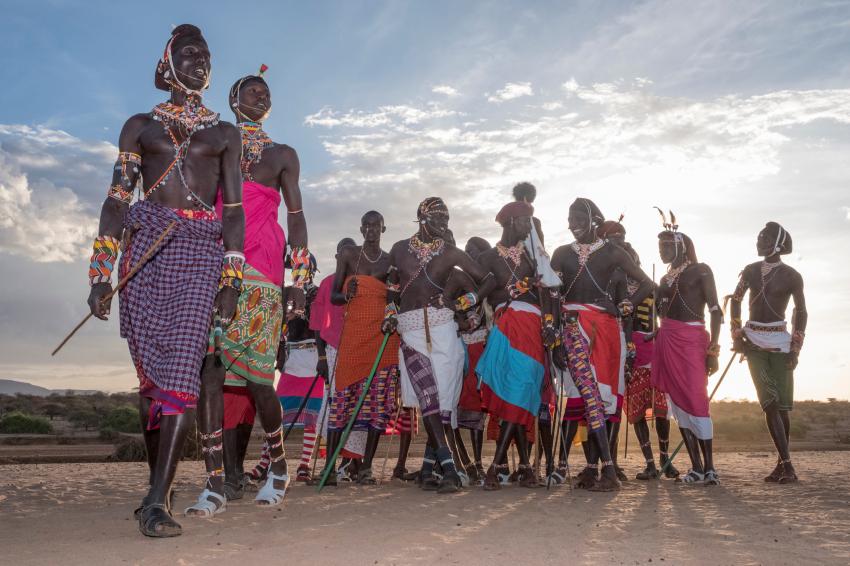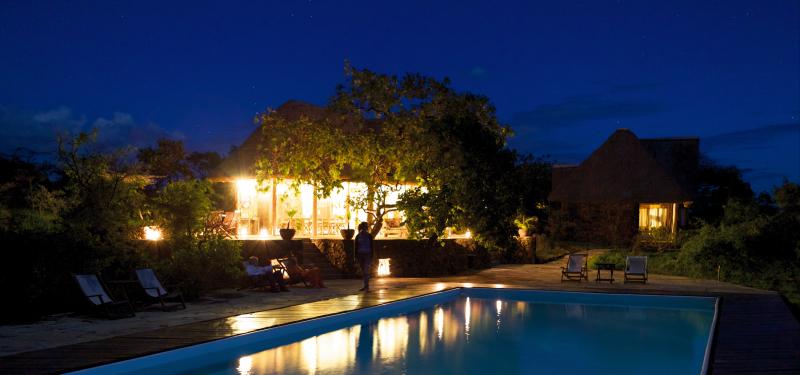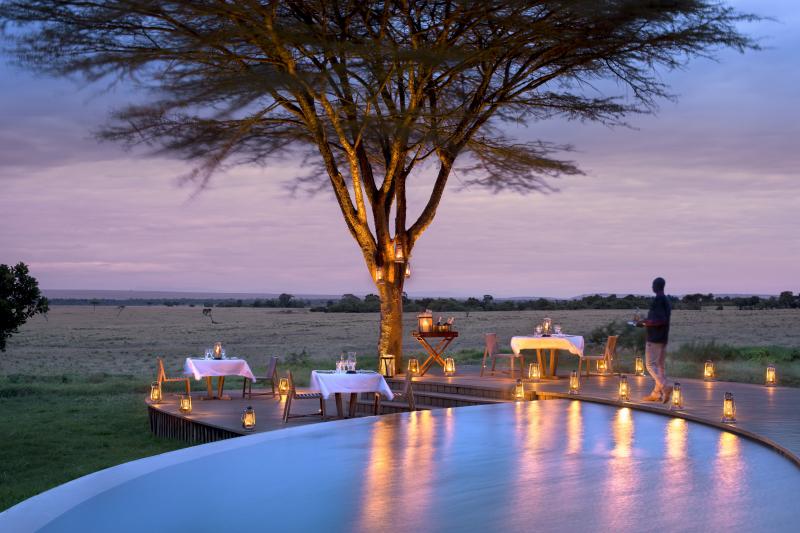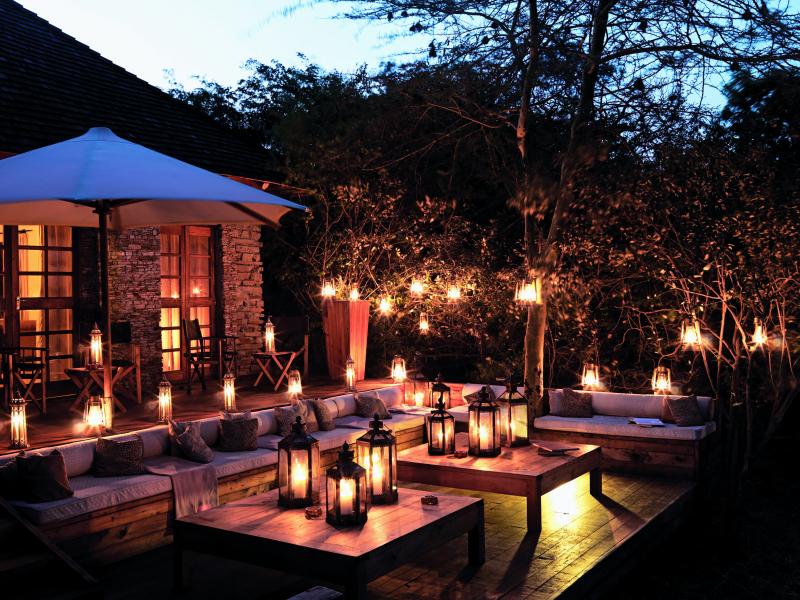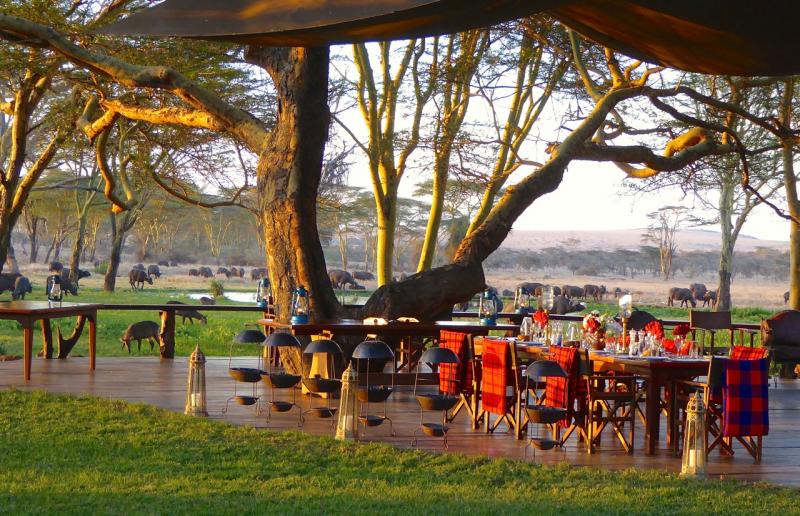Kenya is one of East Africa’s premier safari destinations, with iconic national parks and reserves that are home to the “Big Five” and fascinating tribal groups. It’s an ideal place for first time safari travellers to explore, with good infrastructure, outstanding lodges and some of the best guides on the continent.

If you’re thinking about heading to Kenya on safari, check out our planning guide detailing where to go, the best time to visit and travel essentials.
Top wildlife viewing destinations in Kenya
Maasai Mara National Reserve

Renowned as the setting for the annual Great Wildebeest Migration, the Maasai Mara National Reserve is one of East Africa’s most famous wildlife-viewing destinations. Aside from the huge herds of wildebeest and zebras that traverse its open savannah, it’s also home to lions, leopards and cheetahs. Embark on a cultural tour with the red-robed Maasai tribal people, witness the famous crossing of the crocodile-infested Mara River or get a bird’s eye view on a hot-air balloon safari.
Tsavo National Park
 Encompassing the flat plains of Tsavo East and the rugged mountains of Tsavo West, this sprawling national park in Kenya’s south is also its largest. It’s not only home to the “Big Five” but also African hunting dogs, striped hyenas and marsh mongoose. A highlight of visiting Tsavo is seeing its unique subspecies of lion, the Tsavo lion, with its males lacking a mane, as well as spotting some of the more than 500 species that have been recorded here, such as ostriches, kingfishers and hornbills.
Encompassing the flat plains of Tsavo East and the rugged mountains of Tsavo West, this sprawling national park in Kenya’s south is also its largest. It’s not only home to the “Big Five” but also African hunting dogs, striped hyenas and marsh mongoose. A highlight of visiting Tsavo is seeing its unique subspecies of lion, the Tsavo lion, with its males lacking a mane, as well as spotting some of the more than 500 species that have been recorded here, such as ostriches, kingfishers and hornbills.
Lake Nakuru National Park

Centred around a soda lake in the Great Rift Valley, Lake Nakuru National Park is one of the most accessible wildlife-viewing destinations from Nairobi. The lake’s abundance of algae attracts myriad flamingos who come to feed in its shallow waters while the surrounding grasslands and forests are inhabited by warthogs, baboons, white rhino and Rothschild’s giraffe. Aside from wildlife spotting on game drives, the surrounding escarpment offers spectacular views on guided hikes.
Amboseli National Park
Boasting legendary views of Mount Kilimanjaro, Amboseli National Park lies near Kenya’s southern border with Tanzania. Its grassy plains support healthy populations of lions, leopards and buffalos, as well as herds of elephants that are often photographed in front of Africa’s highest peak. Amboseli is also home to an incredible birdlife, with more than 300 bird species having been recorded here.
Samburu National Reserve
 Sprawling around the banks of the Ewaso Ng'iro river, Samburu National Reserve encompasses forests and palm groves in the centre of Kenya. It’s named after the Samburu tribal people who have long called this land “home” and is renowned for its serenity, far from the crowds of some of Kenya’s more popular wildlife-viewing destinations. Grevy’s zebra, cheetahs and leopards all inhabit the reserve, as do Grant’s gazelle, hippos and large numbers of Nile crocodile.
Sprawling around the banks of the Ewaso Ng'iro river, Samburu National Reserve encompasses forests and palm groves in the centre of Kenya. It’s named after the Samburu tribal people who have long called this land “home” and is renowned for its serenity, far from the crowds of some of Kenya’s more popular wildlife-viewing destinations. Grevy’s zebra, cheetahs and leopards all inhabit the reserve, as do Grant’s gazelle, hippos and large numbers of Nile crocodile.
Best time to visit
Kenya’s peak dry season extends from June to early October and is generally considered the best time to visit for wildlife watching. The vegetation is sparser to make spotting wildlife easier and animals congregate around the limited water sources. It also corresponds with the wildebeest migration, which arrives in the Maasai Mara around mid-August before crossing back into Tanzania around late October. While days are generally sunny and warm, the night and early morning temperatures can get very chilly.
The start of October is usually marked by the “short rains”, with fairly predictable afternoon showers that fill Kenya’s lakes and bring an abundance of birdlife. Wildlife is more difficult to spot as it scatters across the national parks, although there are far fewer crowds to compete with.
January sees another short, dry spell until mid-March, with the game viewing particularly good in Amboseli, Tsavo and Samburu during this time. Flamingos flock to Lake Nakuru and the coastal beaches are perfect, with dry skies and low humidity levels. By mid-March, the rains have returned, with longer downpours and high humidity, which makes for muggy conditions (particularly along the coast). Some resorts and camps close down during this period but if you do decide to visit, you’ll be rewarded with sightings of newborns taking their first steps.
Accommodation styles

When planning your Kenya safari, there are no shortage of accommodation options available. These range from basic campsites to luxury lodges and mobile tented camps that follow the Great Wildebeest Migration. Due to the remote setting of the national parks, most safari accommodations will offer all-inclusive packages, including full-board meals, daily game drives and other activities.
At the cheapest end of the spectrum is tent accommodation at basic campsites, with most of these self catering. But pay a little more and you’ll find mid-range lodges and safari camps offering all-inclusive packages. If you want the most incredible experience, opt for one of Kenya’s luxury lodges or safari camps, which are positioned in spectacular locations that offer wildlife spotting from your doorstep.
If you’re visiting specifically to experience the Serengeti safari migration and want to follow all the action, then book in at a mobile safari camp. These temporary camps follow the herds, meaning you don’t have to drive far each day to see them. While they’re not as luxurious as permanent lodges and camps, the wildlife sightings are unparalleled.
Related artical: Where to stay in the Masai Mara: Our top picks for the best lodges and camps in the Masai Mara
How to get there
 Kenya’s main point of entry is Jomo Kenyatta International Airport (NBO), which is located around 15 kilometers southeast of Nairobi. If you’re travelling to one of the domestic airfields or national park airstrips, most flights will depart from Wilson Airport, which is around four kilometers from the Central Business District.
Kenya’s main point of entry is Jomo Kenyatta International Airport (NBO), which is located around 15 kilometers southeast of Nairobi. If you’re travelling to one of the domestic airfields or national park airstrips, most flights will depart from Wilson Airport, which is around four kilometers from the Central Business District.
In addition to scheduled flight routes, most of the national parks and reserves have their own airstrips, so it’s also possible to charter a private aircraft. Aside from being able to select the day and time that suits you, you also don’t have to adhere to luggage weight restrictions (which are usually 15 kilograms) and can travel with more if you need.
All of Kenya’s wildlife reserves and national parks are also accessible by road, with the Masai Mara National Reserve around six hours’ drive from the capital. Lake Nakuru is just three hours’ drive north of Nairobi while Samburu National Reserve is six hours away. If you’re travelling to Amboseli, it’s around four hours’ drive from Nairobi, with Tsavo National Park a further four hours away.
Travel essentials
All travellers require a valid passport to travel to Kenya, which must have at least six months validity from your arrival in the country. Some passport holders will require a visa before departing for Kenya while others will be eligible for a visa on arrival. Check with your local consulate or high commission about current visa requirements well before your planned travel dates.
Most travellers to Kenya will need to have vaccinations prior to travel, so make an appointment to see your doctor a few months beforedeparture. They’ll be able to check whether you need vaccinations and which ones, as well as organise any prescription medication. Malaria is present in some areas of Kenya, so taking anti-malaria precautions is recommended. There are variousoptionsavailable, so chat with your doctor about what is the best option for your individual health requirements.
While accidents and incidents are few and far between on a Kenya safari, it’s strongly recommended that you take out a comprehensive travel insurance policy. This will cover you in case of unexpected situations that may arise during your visit to East Africa. Look for policies that cover everything from travel cancellations to loss of possessions and emergency medical costs (including evacuation).
The official currency in Kenya is the Kenyan Shilling (KES), with 1 USD equal to around 100 KES (at the time of writing). Banks and foreign exchange counters can be found in most towns and cities, as well as at all of Kenya’s international airports. While U.S. dollars are generally accepted throughout Kenya’s wildlife reserves for lodge payments and staff tips, it’s recommended that you carry small denominations or some Kenyan Shillings as well.
Banks generally operate Monday to Friday from 9 am to 3 pm, with longer opening hours at some branches in Nairobi. Most of the major credit cards are accepted at camps and lodges in Kenya but may incur a surcharge of between 3 and 5%.
If you want to plan the best safari in Africa with a little help from the experts, chat with one of our specialist safari tour organisers today!

 1-321-766-6821
1-321-766-6821 
